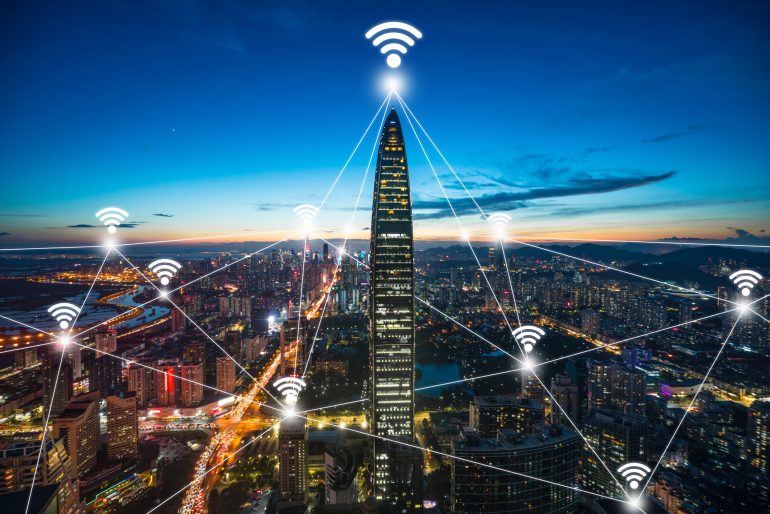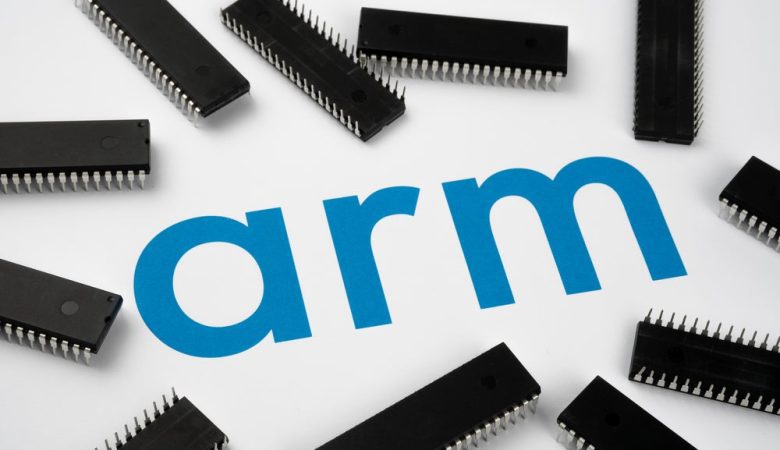
The 5G network is the next step in connection speed between wireless devices . The goal of this technology is to provide data transmission and transfer 10 to 100 times faster than 4G networks.
The download speed can be gigabits per second (Gb / s) , as to download a movie in a matter of seconds. This speed could also enable virtual reality applications and autonomous cars .
Also, another purpose of the 5G network is to achieve latencies below one millisecond . Mobile devices will be able to send and receive information in less than a thousandth of a second.
But to achieve this, the deployment of 5G requires new technology and infrastructure: a project that will require hard work between governments and private initiative.
THE NETWORK OF THE FUTURE
Since the first generation of smartphones, wireless networks have operated in the same radio frequency bands – an electromagnetic spectrum .
It is like a “highway” with a lot of traffic. As more users use it, it becomes more and more congested.
Because of this, telephone companies are constantly looking to expand their millimeter wave frequencies to offer faster service.
Millimeter waves use frequencies of 30 to 300 gigahertz , 10 to 100 times higher than radio waves currently used for 4G and WiFi networks . They are called millimeter because their wavelengths vary between 1 and 10 millimeters , while radio waves are centimeters.

Higher millimeter wave frequencies mean new lanes on the “highway.” But there is a problem: millimeter waves are easily absorbed by trees and buildings , plus they require many nearby base stations .
Fortunately, these stations are much smaller and require less power than traditional telephone towers. They can even be placed on buildings and utility poles.
The miniaturization of base stations also enables another technological advance for 5G: Massive MIMO .
MIMO stands for Multiple Input Multiple Output , and it refers to a configuration that takes advantage of the smaller antennas needed for millimeter waves, by increasing the number of antenna ports at each base station.
With a huge number of antennas (hundreds in each base station), many different users could be served at the same time, increasing the speed of the network.
IS THE 5G NETWORK DANGEROUS?
Although the 5G network can improve the daily lives of many people, some users have expressed concern about the possible dangers to health. Some of these concerns are about millimeter wave radiation .
The ionizing radiation is why we use sunscreen outside because ultraviolet light has enough energy to remove electrons from atoms , damaging skin cells and DNA.
Millimeter waves, on the other hand, are non-ionizing radiation . They have longer wavelengths and do not have enough energy to damage cells directly.
Still, the most skeptical believe that exposure to non-ionizing radiation may be responsible for various diseases, from brain tumors to headaches.

In 2018, the National Toxicology Program released a study that found some evidence of an increase in brain tumors in male rats exposed to radiation emitted by 2G and 3G cell phones , but not in female mice or rats.
However, the animals were exposed to radiation levels four times higher than the maximum level allowed for human exposure. So a phenomenon of this type in people is almost impossible .
For Kenneth Foster , a bioengineer at Pennsylvania State University, before implementing the 5G network massively, more research is required on its effects, as there are not many toxicology studies with this technology.
Although he considers that the benefits of 5G can provide humanity with a level of development never seen before in history .











